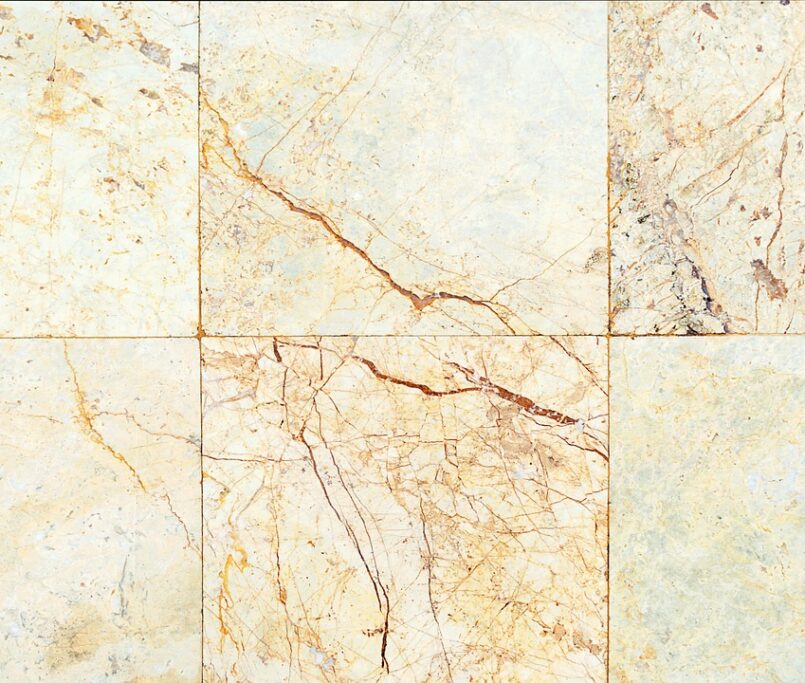White Cement Cracking Causes and Solutions
White cement is one of the most durable building materials available, so it is contractors’ favourite. White cement can retain its good looks and strength for many years when properly installed. However, cement contractors must adhere to well-established cement placement guidelines. White cement cracking is really serious issue in this sector.
White cement that is long-lasting, strong, and crack-resistant does not happen by chance. Cracking is typical material damage caused by stress that can be exaggerated by other factors such as corrosion, fatigue, high pressure, and construction material.
Cement is a miraculous material. It is a tough and long-lasting material that is ideal for construction, whether you are constructing the foundation of an apartment building or an outdoor pool. However, like all materials, cement tends to crack. Nevertheless, what causes white cement cracking and what can be done to prevent it? In this article, we will examine white cement cracking causes and solutions.
What Causes White Cement To Crack?
We are frequently asked what causes white cement to crack. This section will look at white cement cracking causes.
Shrinkage
Concrete is full of water when it is still in its plastic state before hardening. When the water vaporises, it leaves large voids between particles. This type of cracking is commonly known as “shrinkage cracking.” Plastic shrinkage cracks are typically very narrow and barely visible in width.
An excessively wet mix exacerbates shrinkage cracks in the cement. While water is an essential component of any cement mix, there is such a thing as too much water. When too much water is added, the slab shrinks more than it would have if the appropriate amount of water had been used. Another major cause of plastic shrinkage cracks is hot weather.
Heat
Heat causes concrete to expand in the same way that a balloon does, and concrete expands and pushes against anything that gets in its path. When neither can flex, the expanding force can be sufficient to cause concrete to crack.
Heaving
In frigid weather, the freeze-thaw cycle may cause the cement to lift and heave, resulting in cracks.
Overloading
Cement, like everything else, has load limits, which can be extremely high. Expect cracks to form if the weight you place on concrete exceeds this limit. This is rarely an issue in residential settings, but if you work with heavy equipment or other items, you may want to double-check that your concrete can withstand them.
How to Prevent Cracking in Cement
There are four ways to prevent white cement cracking in cement. Depending on your situation and where you’re using cement, these methods may help you.
Cure Properly
Whereas cement takes 28 days to cure fully, the steps you take in the first few days after pouring are crucial in ensuring a sturdy, crack-free surface. Concrete is less likely to crack if moisture evaporates slowly, so spraying it with water a few times per day for the first week after pouring the project will make it much stronger.
The hotter or drier the weather, the more frequently you should spray the new concrete. After a week, spraying the cement with water or covering is unnecessary; at that point, it has cured sufficiently not to be affected by extreme temperatures.
Include Control Joints
Even though your cement is slowly cured, as explained earlier in this section, a large piece of the slab may crack due to concrete shrinkage caused by temperature changes and water loss during the hydration process.
Concrete slabs will crack due to the natural movement of the soil beneath. Control joints are carved into the slab to anticipate and direct future cracks. The weaker points are more likely to develop cracks.
Control joints can be created in several ways. A concrete grooving tool can be used to form them in still-pliable wet concrete. Another option is to cut them into the concrete slab the day after it has been poured with a circular saw fitted with a concrete blade. Put them closer together for more crack protection.
Add the Appropriate Amount of Water
One of the most common mistakes in white cement mixing is adding too much water. This error may result in weak cement with a high cracking risk. Wet concrete that has been adequately mixed should be thoroughly saturated but not watery.
Add Reinforcements
While cement is strong on its own, a little steel reinforcement can make it even stronger. For patios and walkways, this could imply installing rebar in a grid pattern, with bars spaced about two feet apart and halfway through the slab. Smaller projects, such as decorative items, can benefit from wires added during the pour to increase strength and decrease cracking. Simply place the reinforcing material in the centre of the concrete, so it is not visible when the project is finished.
Solutions for Cracked Cement
We have examined white cement cracking causes now; we will explore the possible solutions for cracking. Cracks in your driveway, patio, or other cement surfaces can often be repaired. In some cases, concrete crack repair is a simple project. Still, in others, it may necessitate the services of a professional concrete contractor, and in rather severe cases, white cement may need to be removed.
Select a Repair Product
Cement surfaces are repaired with cement. Alternatively, use a cement repair mix, which is widely available online. There are epoxy, latex and mortar mix options, and mortar mixtures are ideal for filling large cracks or chipped edges.
Prepare the Cracked Area
First, remove any cracked or loose cement particles with a small hammer and chisel. After that, thoroughly rinse the area and scrub with a wired brush to remove any remaining particles. Remember that this is dirty work. You might want to use a sheet beneath the work area to make cleanup easier. Most importantly, wear appropriate protective equipment.
Use Your Chosen Repair Product to Fill the Crack
For narrower cracks, apply an epoxy or latex patching product mixed according to the manufacturer’s specifications. The material is used with either a mason’s trowel or a putty knife. Push it all the way into the crack, and then level it with the surrounding concrete. Different mixes cure differently; once again, refer to the instructions on your chosen product.
For broader and larger cracks, use a mortar mix. Repair mortar mixes can be purchased anywhere. Do not drench the cracked area; instead, moisten it. Then, apply the mortar mix using a mason’s trowel or a putty knife. Remove any air pockets as you work by pressing firmly on the product. Finally, smooth the patch to match the surrounding cement. Allow two hours for it to cure. Then, to keep it moist, cover it with plastic sheeting. Sprinkle water under the plastic sheet daily for a few days or until the surface hardens.
And no matter what project you’re working on, you need to be sure the materials you use are of excellent calibre. For a supply of top-notch materials, you can always count on Emin İnşaat. For further information, don’t forget to contact us on our website
You can read our previous article at https://emininsaat.com.tr/en/advantages-of-using-white-cement-in-prefabricated-manufacturing/




Ways to Make White Cement Stronger - Emin İnşaat
14 October 2022[…] You can read our previous article at https://emininsaat.com.tr/white-cement-cracking-causes-and-solutions/. […]